As a conceptual tool devised for this exhibition, “Mimeticism” differs from Realism in that, while the latter embraces countless possible definitions and means of realisation, the former advances only along a narrow path. Mimeticism adheres to only one technical standard: an enchanting realm of perfection towards which one approaches ever closer.
A well-known tale from antiquity recounts how Zeuxis and Parrhasius, two outstanding Greek artists, decided one day to stage a contest to determine who was the greater artist. Zeuxis first unveiled his painting of grapes, the exquisite likeness of which actually fooled the birds. Thinking the grapes were real, they one by one swooped down to peck at the painting. Zeuxis beamed triumphantly. Next came Parrhasius, who invited everyone into his room where he had painted a large curtain on the wall. Caught unawares, Zeuxis went in and asked, “Well, then, show me what you drew underneath?” As Zeuxis uttered these words, the greater artist was determined. Zeuxis’ painting merely fooled the birds whereas Parrhasius managed to deceive Zeuxis. This story informs us how the technical criterion of “mimesis” is purely biological and not preoccupied with conceptual thought.
The exhibition proposes the following notion – that inspiration virtually always emerges on the path towards Mimeticism and that one is fortunately allowed to stray from this path. With this as the point of departure, Wang Wei and Ko Sin Tung’s oeuvres continually demonstrate how inspiration is sparked by such deviations from Mimeticism. Naturally, their work also frequently reveals all that is lovely and good-natured with Mimeticism.
For Wang Wei and his generation of Chinese artists, Realism is certainly not unfamiliar. Wang Wei graduated from the Central Academy of Fine Arts in Beijing, the base of Realist pedagogy in the New China, long dominated by Soviet-inspired Academic Realism. The generation of artists prior to Wang Wei — the Chinese artists who rose to prominence in the 1980s — had long parted ways with “Realism” (which to a great degree was a version of Mimeticism) in order to free up the methodology in their art and in their thinking. They engaged with new artistic forms such as abstract art, installation, performance art, videos, texts, among others. In contrast, Wang Wei along with his generation more consciously realise that while it was necessary to veer away from Mimeticism, something else is now needed. Realist art pedagogy in China merely stays at the level of technical training, without delving further into reality; meanwhile, the intoxicating powers of Formalism (however contemporary it may be) are certainly no less than those of Mimeticism. For Wang Wei, the most pressing task of art is to return to Reality, but he is in no rush to discover new artistic forms. Instead, he seeks to intervene into new social realities with the various languages of contemporary art.
Thus Wang Wei devotes himself to the observation of reality, continually probing the cracks and edges of a commonsensical reality. He observes what is most ignored in the landscape of the everyday and takes up the critical judgement of ordinary people — a judgement derived from people’s most unadorned intuition in order to gradually construct the countenance of a vast and complex world without any “centrisms” — a world which we inhabit. Such is Wang Wei’s core subject — which incidentally is also the particular characteristic of our age.
For this exhibition, Wang Wei takes on two particular forms of imagery: mirror images and mosaics. The mirror image is, in fact, the ideal sought by Mimeticists, and additionally is a common method in Realist art (one can observe how Realist masters from the Central Academy of Fine Arts would paint a Realist oil painting full of complex mirror images, just in order to vaunt their superior mastery of technique). Yet, Wang Wei’s mirror images have at least two distinctive aspects. First, he chooses not to reflect any “interesting” scenes; instead, he often picks up on only one aspect from what the exhibition venue looks like. Second, his mirror images are not mimetic; he merely produces a derivative copy of a “real image” with cheap mosaics. His aim is to have people finally discover that what the work reflects is the very space they are in, and thereby get them to pay attention to and reflect on the space anew.
In contrast to Wang Wei, Ko Sin Tung did not receive a Realist art education. Yet Ko Sin Tung, born and raised in Hong Kong, is equally concerned with how art deals with reality, much like artists from her own generation and before. Such concerns — in an environment like Hong Kong where art is continually hemmed in by commerce and utilitarianism, and where social conditions have fluctuated over the long term — most naturally appear especially pressing. Much like Wang Wei, Ko Sin Tung’s point of departure is to observe the world around her. The imagery she employs comes for the most part from everyday life, while the focal point she recounts happens to be the inspirational revelation uncovered in a wide array of everyday appearances.
In this exhibition, Ko Sin Tung will produce a series of related works: she will paint on the warning lights that ordinarily remind us to be aware of road safety the same “protective colour” as on the walls, thus conferring to them an entirely opposite role. She will also present a ready-made advertisement promoting work safety with superimposed images of safety helmets and sunflowers, while the only thing connecting the two might be the virtually identical yellow; the colour imparts the painting with an eerie harmony. Additionally, she documents how traditional road lighting has switched to LED lighting. In theory, with this half-sorrowful elimination of incandescent lighting, the new lights will illuminate the streets all the more clearly — and hence more “mimetic”. Finally, on two high-definition TV (HDTV) screens, which are utterly commonplace today, she plays two videos about standard definition. This gesture, imbued with a sense of evolution, very directly spells out the simple and satisfying strides onwards along the path of Mimeticism.
Edouard Malingue Gallery (Shanghai) will open the dual exhibition “Muse for a Mimeticist — Wang Wei and Ko Sin Tung”, providing the rare chance to connect two artists with relatively different backgrounds: while both carry along and extend their creative threads, they equally comment on and further each other’s practices.
///
Wang Wei’s (b.1972) work has been exhibited in numerous important exhibitions including: 12th Chinese Pavilion (2010), International Architecture Exhibition, La Biennale di Venezia, Italy (2010); Shenzhen Hong Kong Bi-City Biennale of Architecture and Urbanism, Shenzhen, China (2009); The Real Thing: Contemporary Art From China, Tate Liverpool, UK (2007); Foreign Objects, Kunsthalle Wien Project Space, Vienna, Austria (2007); Beyond: The Second Guangzhou Triennial, Guangdong Museum of Art, (2005); A Second Sight, International Biennale of Contemporary Art, National Gallery in Prague, Czech Republic, (2005); Between Past and Future: New Photography and Video from China, International Center of Photography, New York (2004); The First Guangzhou Triennial, Guangdong Museum of Art, China, (2002).
Ko Sin Tung (b.1987) is a highly promising, emerging Hong Kong artist, graduated from the Department of Fine Arts at The Chinese University of Hong Kong. In 2012 she completed a residency at the Kunstnarhuset Messen, Ålvik, Norway. She has previously been exhibited at the 8th Vladivostok Biennale of Visual Arts, Vladivostok, Asia Society Hong Kong Center and Para Site, Hong Kong, amongst other locations. Ko Sin Tung has also been awarded multiple awards including Project Grant (Emerging Artists Scheme) from the Hong Kong Arts Development Council (2014), the Pure Art Foundation Grant 2013-2014 (2014) and Jury’s Special Prize of Huayu Youth Award (2016).
Muse for a Mimeticist Group Show
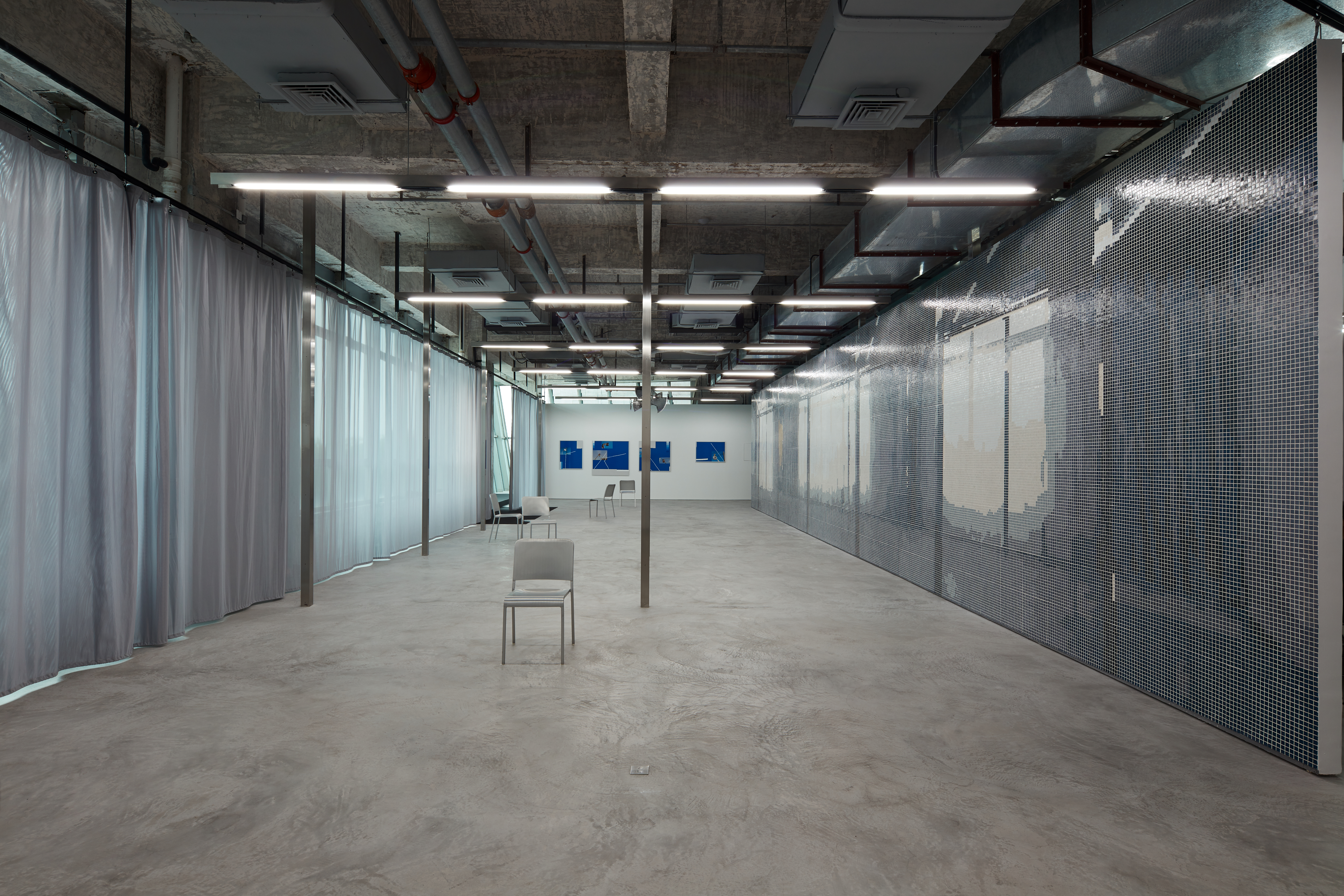
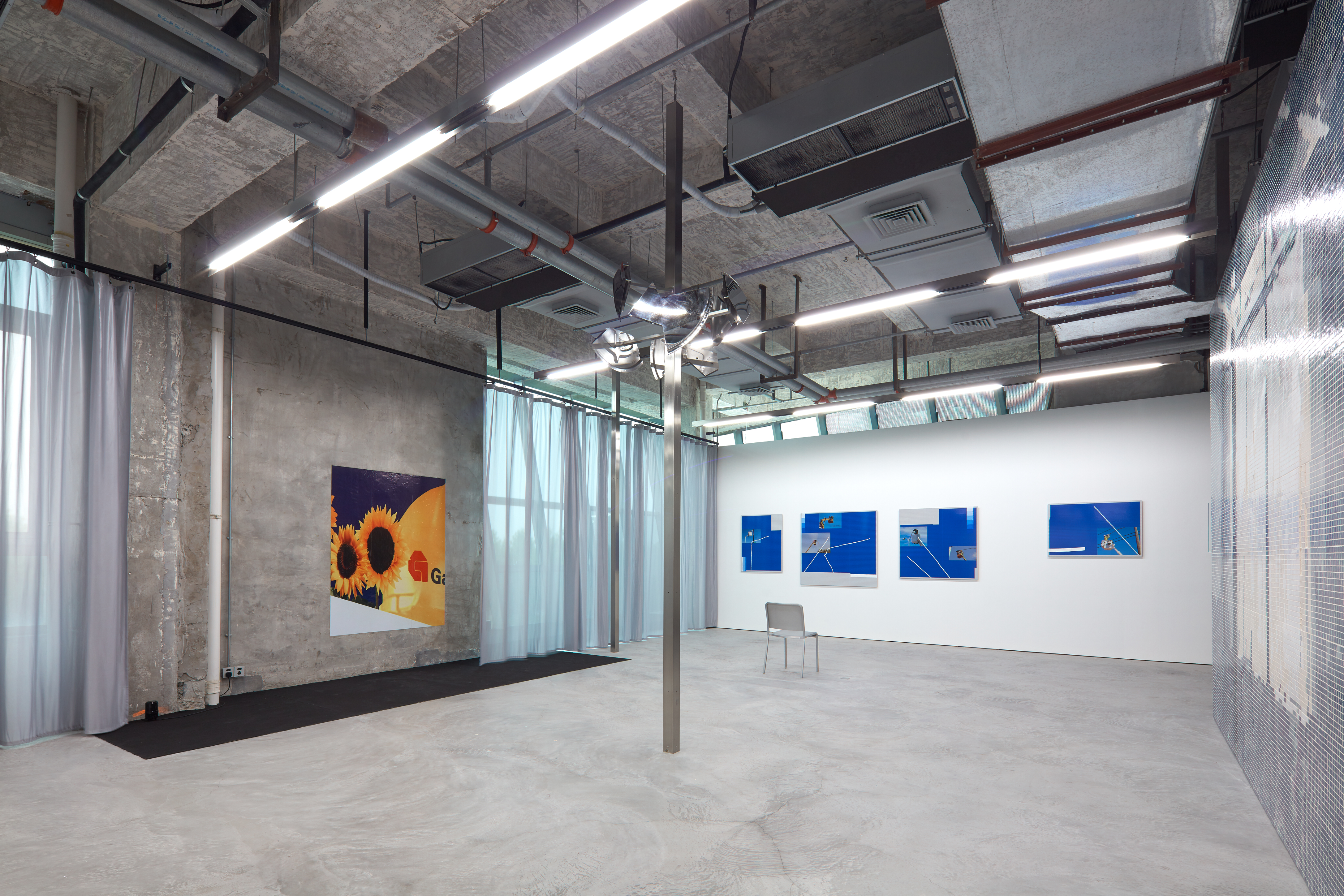
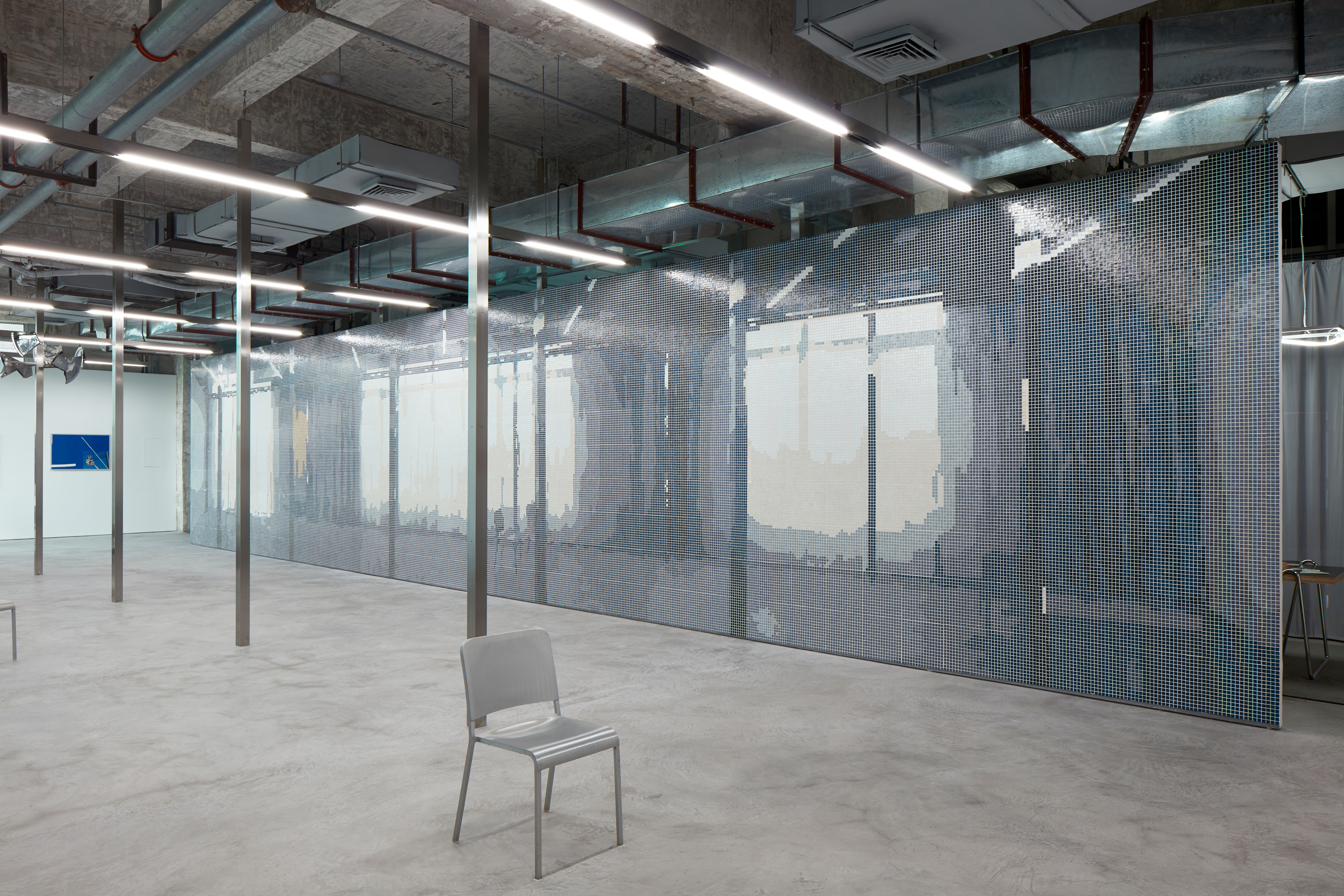
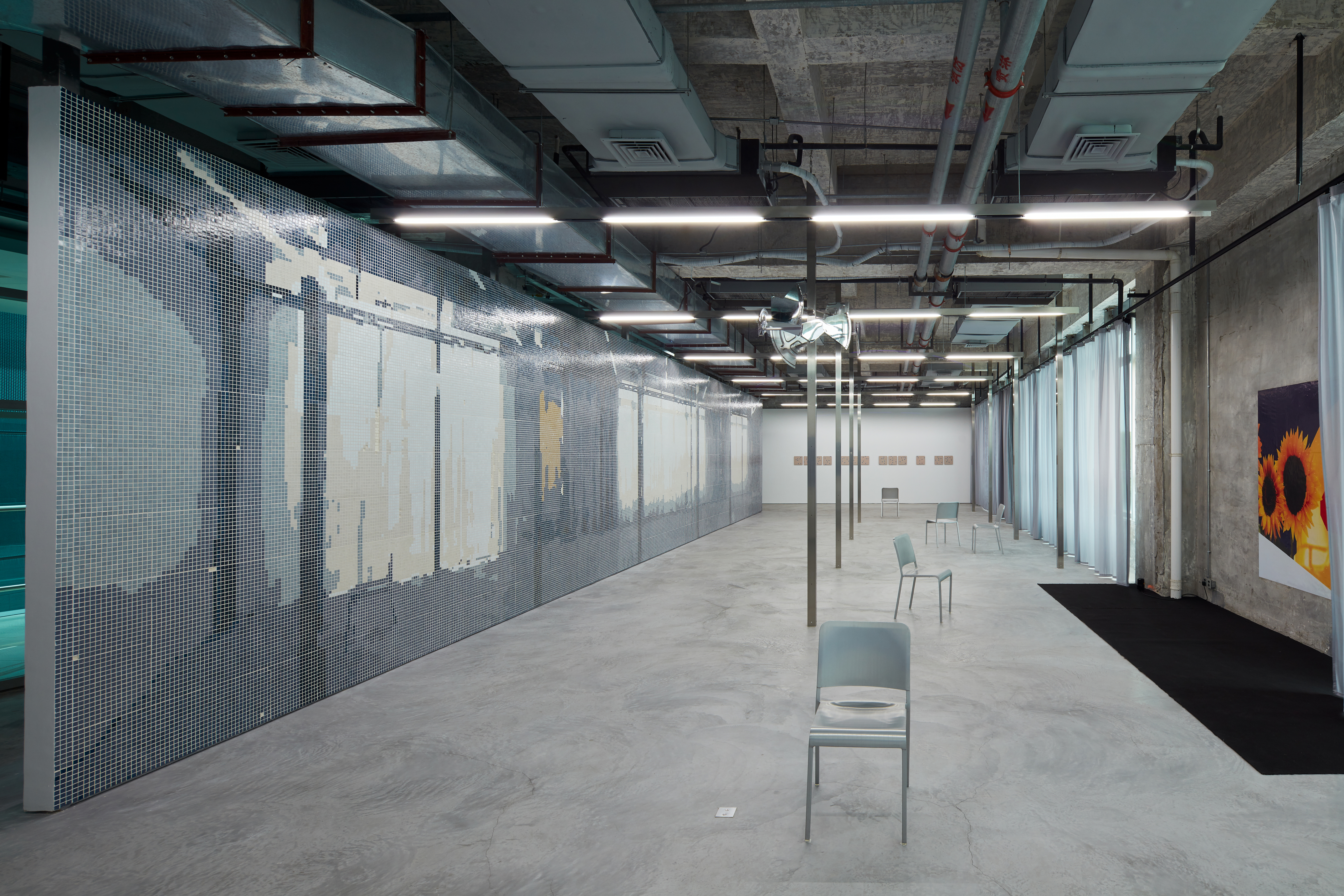
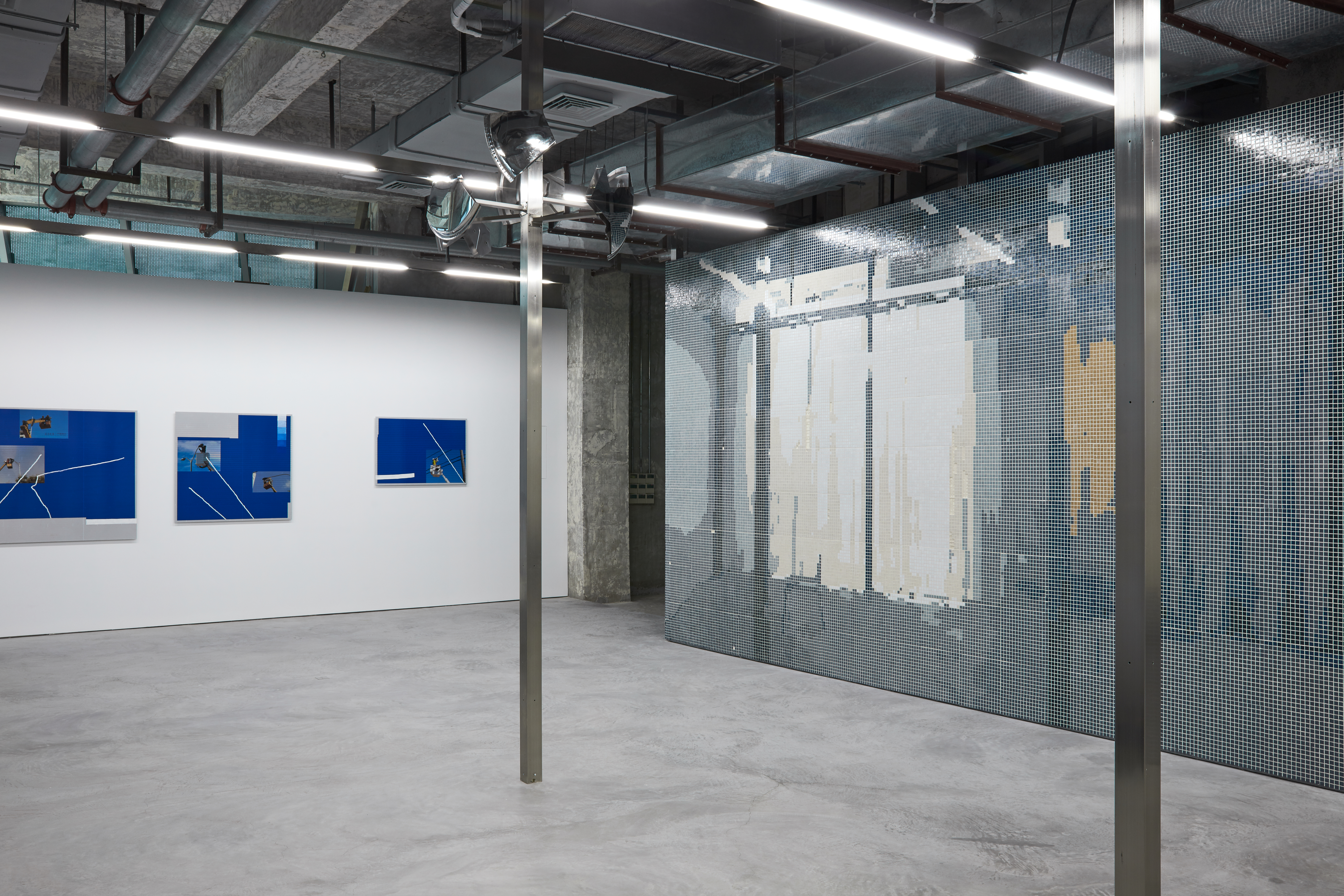

Wang Wei
’What you see is not what you see (Edouard Malingue Gallery Shanghai)’, 2017
Mosaic tiles
1650.5 x 330 cm
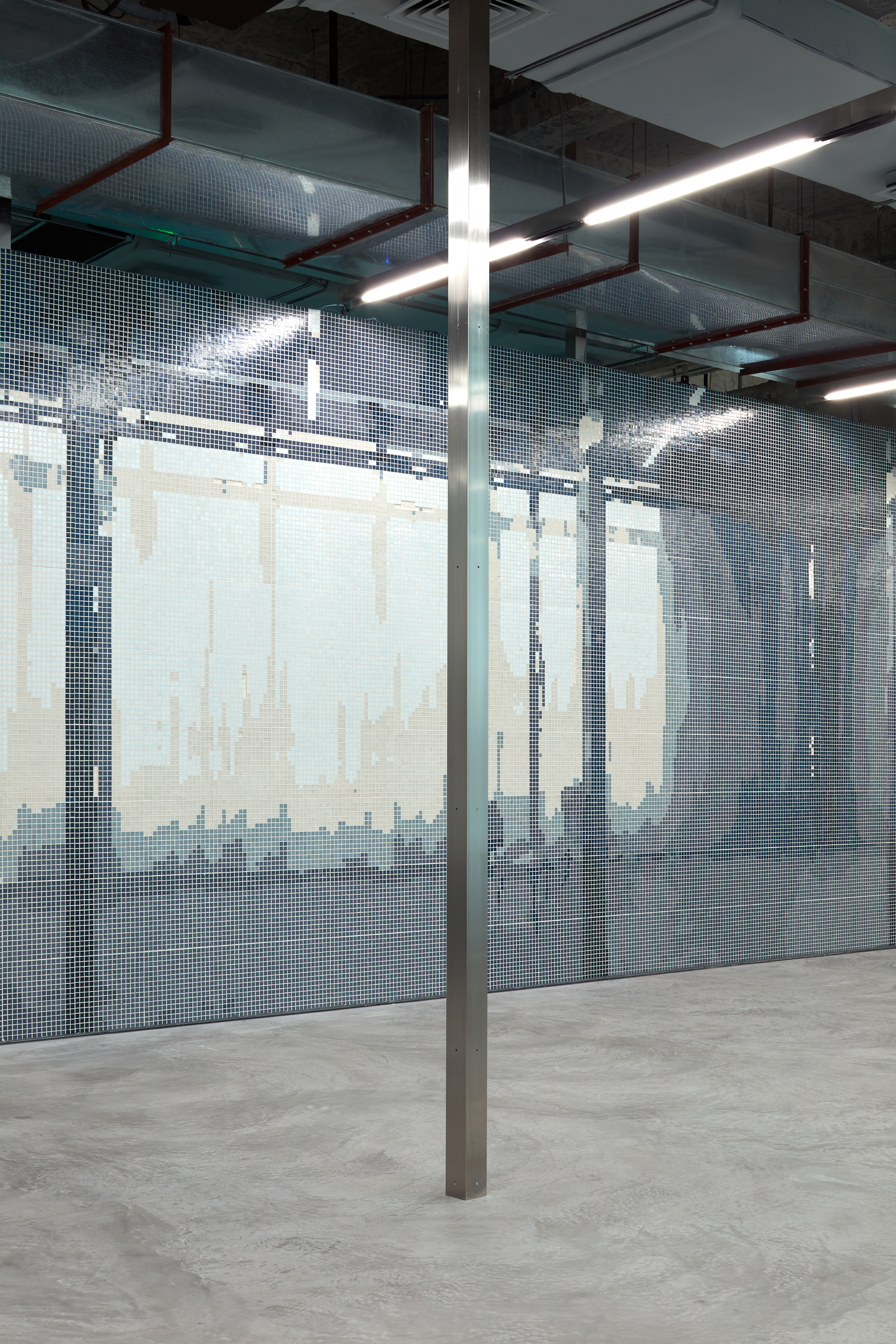
Wang Wei
’What you see is not what you see (Edouard Malingue Gallery Shanghai)’, 2017
Mosaic tiles
1650.5 x 330 cm

Wang Wei
‘Natural history 4 (portrait)’, 2017
16 pieces of Mosaic tiles
Approx. 30 cm x 30 cm each

Ko Sin Tung
‘Sunflower and safety helmet’, 2017
Digital print
176.5cm x 138.5cm
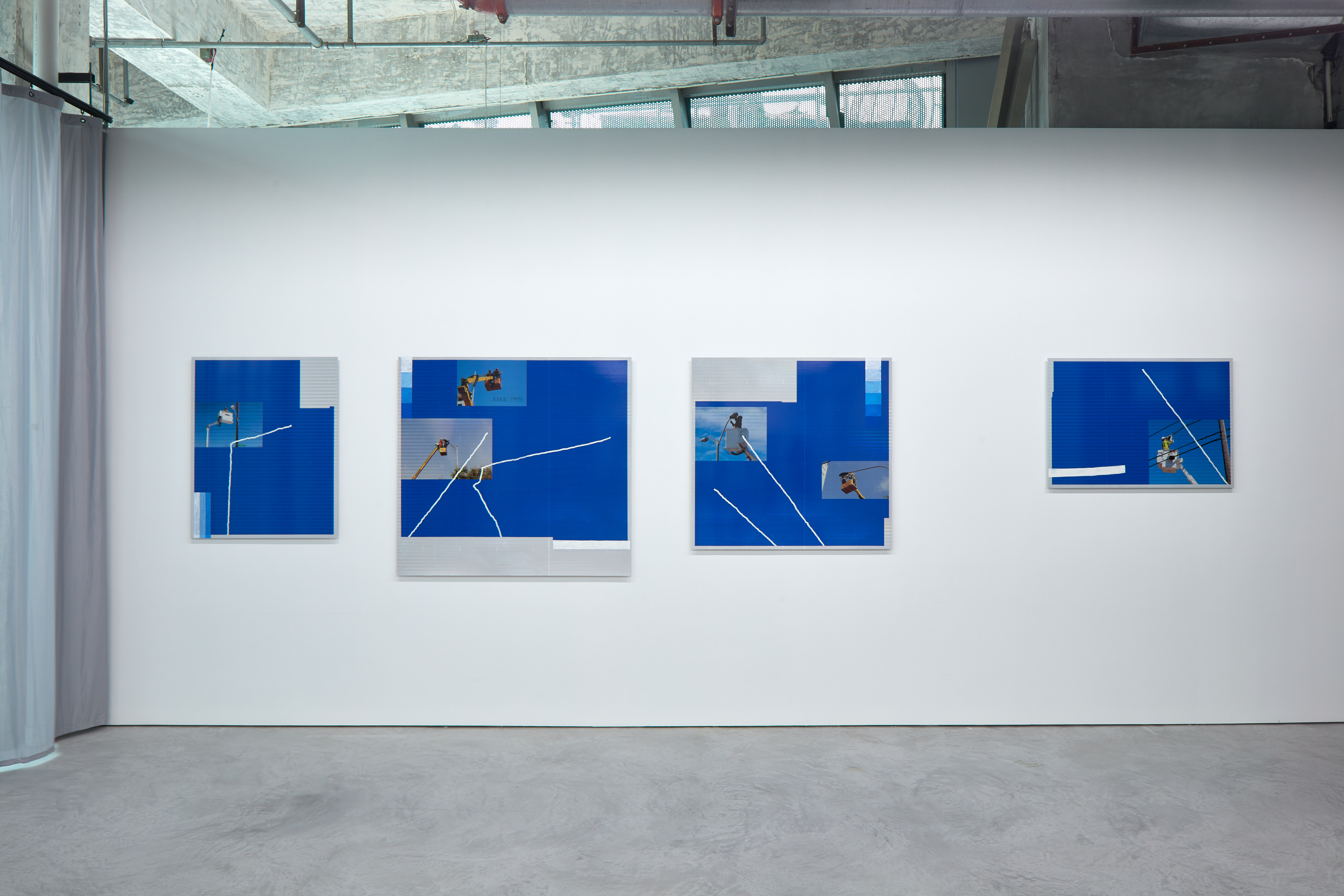
Ko Sin Tung,
‘One day, workers replaced the traditional high pressure sodium street lights with the new LED ones’ , 2017
Enamel paint, acrylic, digital print on aluminium plates
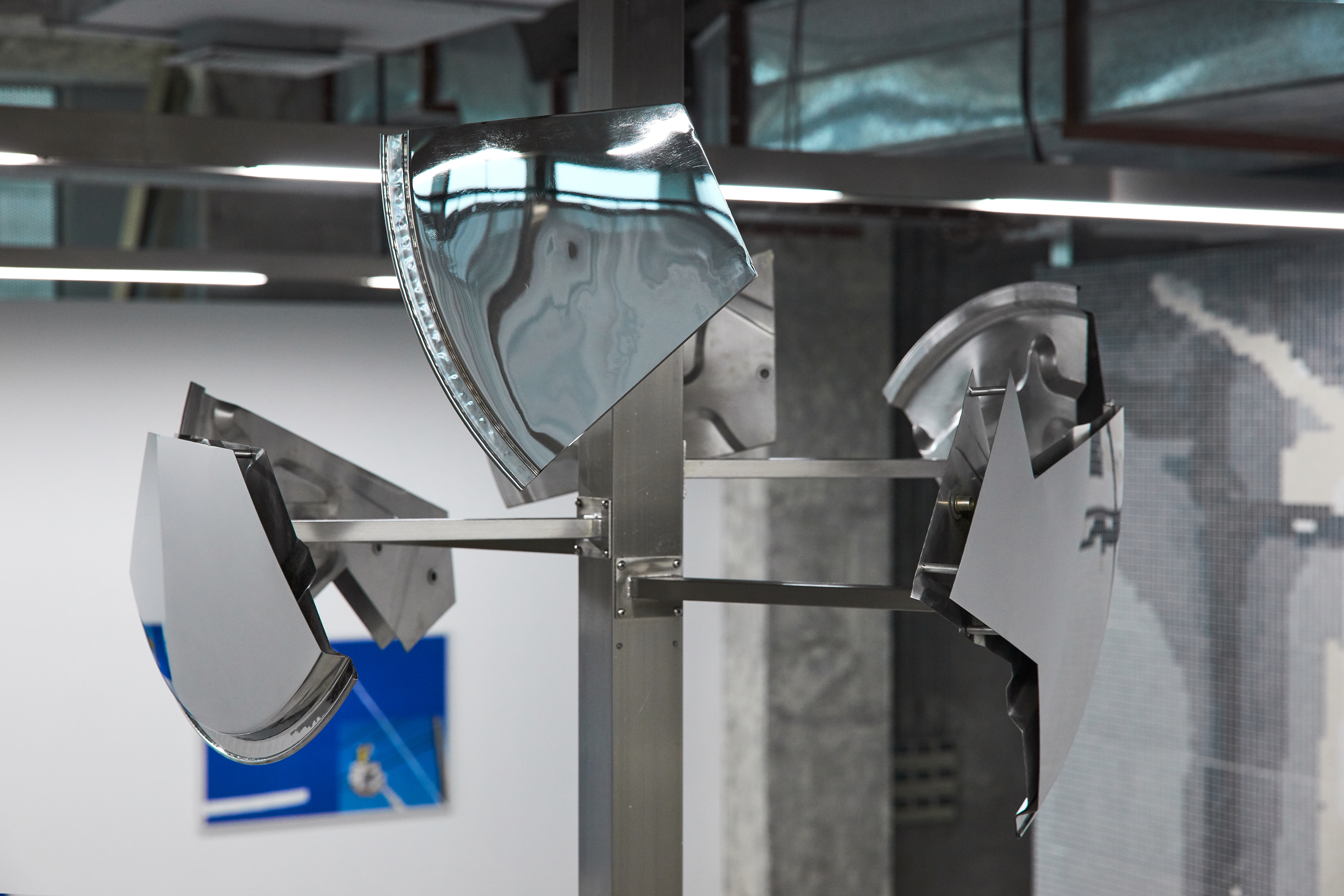
Ko Sin Tung
‘For a wider view’, 2017
Convex mirror, stainless steel structure
Dimensions variable
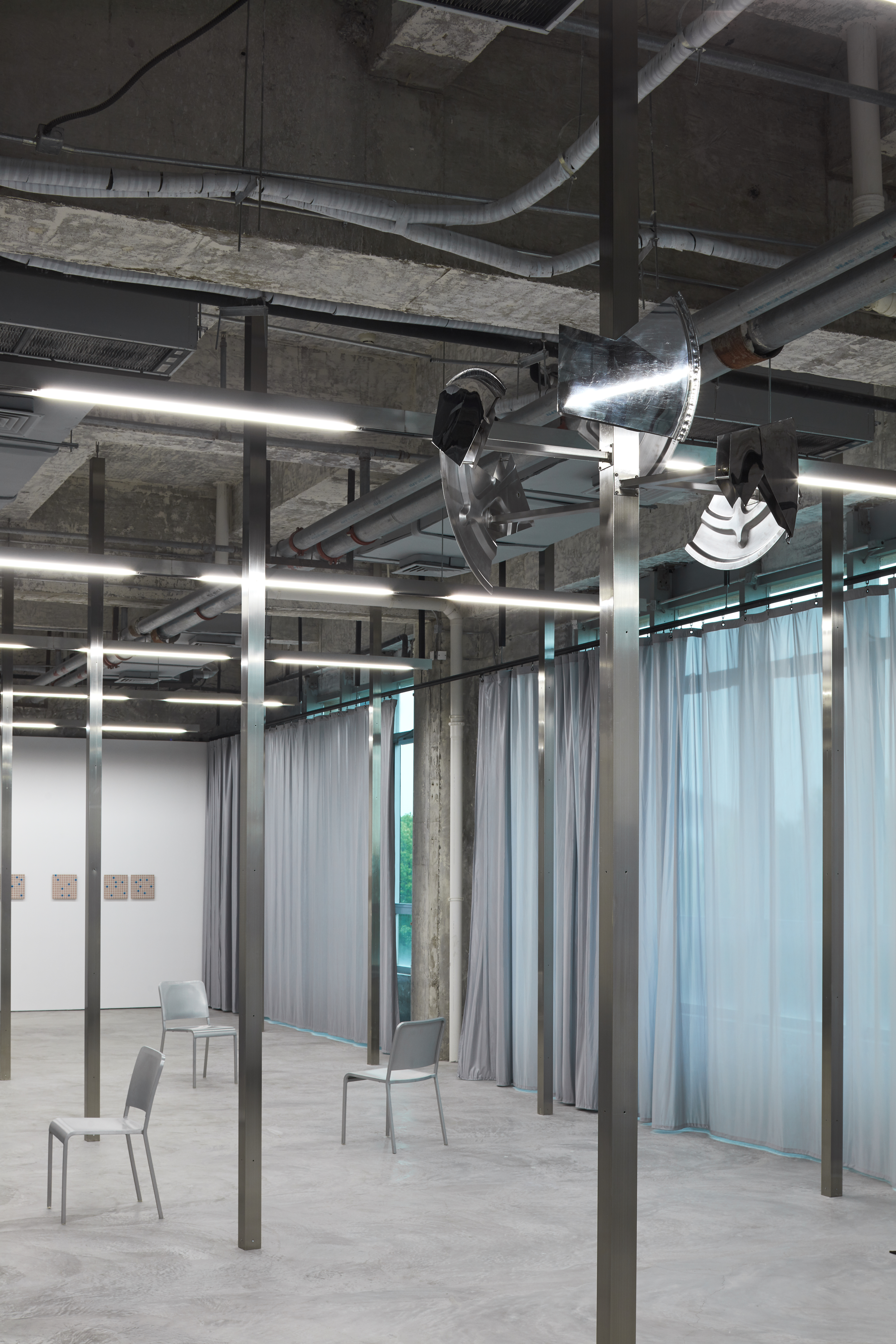
Ko Sin Tung
‘For a wider view’, 2017
Convex mirror, stainless steel structure
Dimensions variable
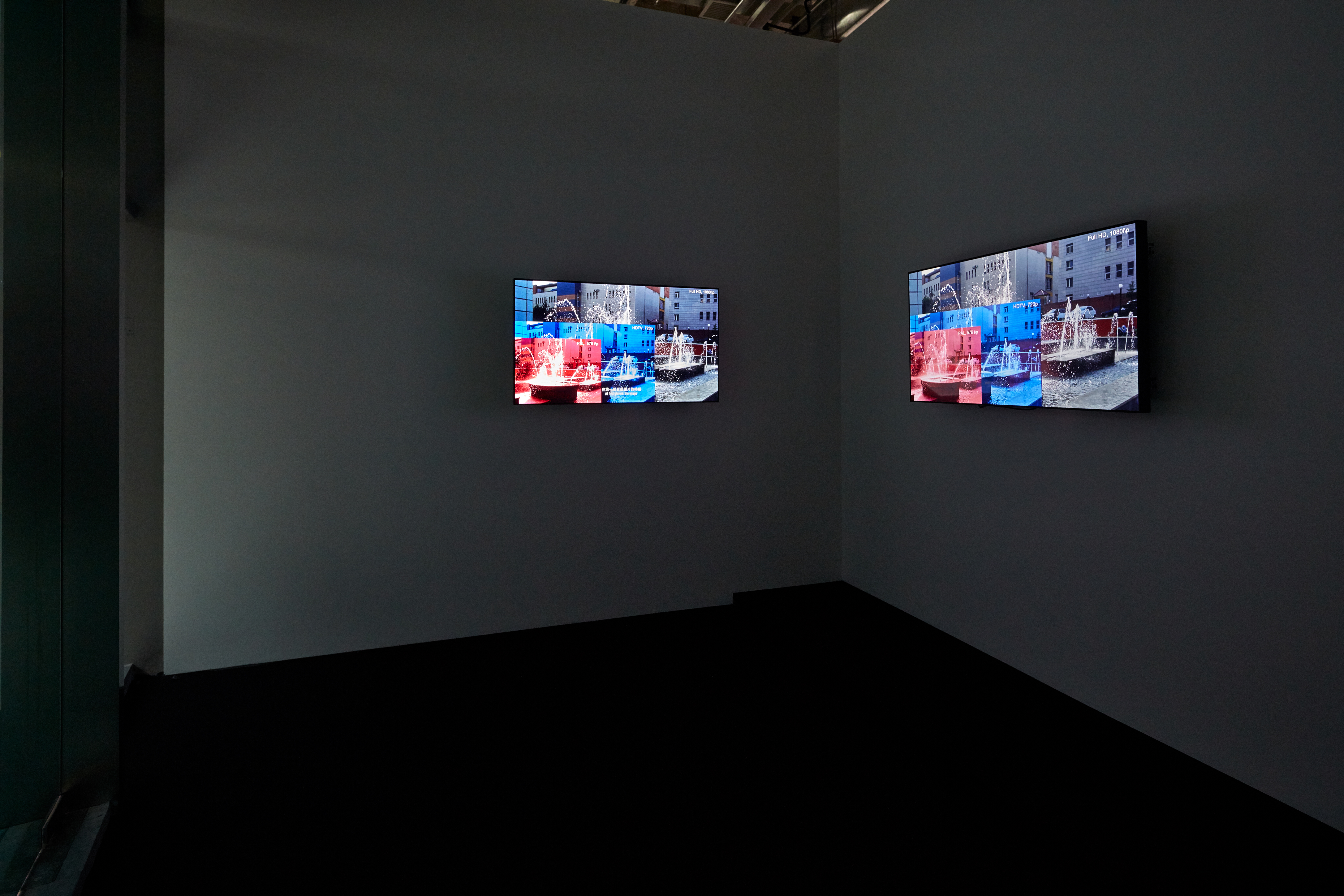
Ko Sin Tung
‘The world of yesterday’, 2017
Double-channel video

Ko Sin tung
‘Crypsis’, 2017
Warning light, nitrocellulose lacquer
15.5cm x 8cm x 8cm each